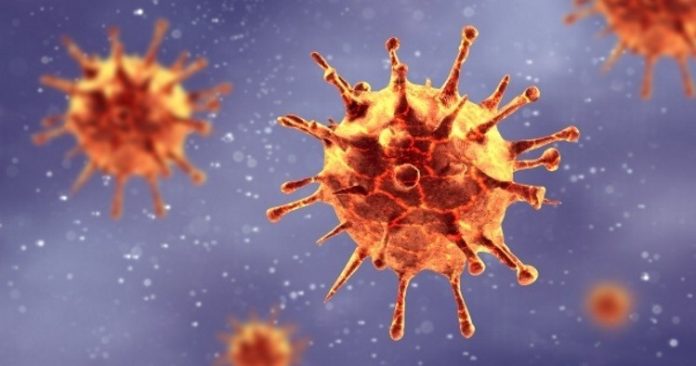The microbe that causes COVID-19 is called the “novel” coronavirus (2019-nCoV), to distinguish it from respiratory diseases caused by other viruses in the same family. It is still a new pathogen with many unique and poorly understood characteristics, but in the four months since the first cases were reported in Wuhan, China, clinicians on the front lines of battling COVID-19 have learned a lot — and there are valuable insights for regions in the U.S. that have yet to see a peak in infections.
Here are some of the findings, both puzzling and troubling, that are on the minds of physicians and epidemiologists:
The asthma puzzle: When COVID-19 began spreading across the U.S., it was widely assumed that asthma, a chronic respiratory disease that involves the airways in the lungs, would be a significant risk factor for severe disease and mortality, as it is for other viral respiratory infections, such as seasonal influenza. But for reasons that are poorly understood, that hasn’t been the case.
While 10 percent of New Yorkers have asthma, only 5 percent of the state’s COVID-19 deaths are in asthmatics. In New York, asthma is noticeably absent from the list of the top 10 comorbidities among people who have died from COVID-19. However, chronic obstructive pulmonary disease (COPD), another respiratory condition, is ranked seventh on the list of comorbidities. There is speculation that asthmatics may be showing a different immune response to the virus, but there is no data to support this. Some have suggested medications used to treat asthma may be protective, but many of these medications overlap with what is used to manage COPD. The bottom line is more research is needed.
The CDC recommends that asthmatics continue taking their medications. If they develop symptoms of COVID-19, they should notify their doctor.
Increased mortality with advanced age: COVID-19 is especially lethal to older Americans. In the U.S., eight out of 10 deaths are in people over 65. It has struck hard among nursing home and senior-living residents in and around New York City, who are largely confined in close proximity with communal dining rooms. But while cases and deaths may be reaching a peak in the New York metropolitan area, the virus is beginning to spread into other parts of the country — including Florida, Texas and the Plains states. In these areas, the share of the elderly population in completely rural counties is much higher than in the rest of the country. People with COVID-19 can have their symptoms progress rapidly
and can become critically ill in a matter of hours; if the nearest intensive care bed is 50 miles away, that may be too far.
Increased hospitalization with severe obesity: Severe obesity is a risk factor for hospitalization in many diseases, and a recent study found that COVID-19 is no exception.
After accounting for other medical conditions that often coexist with obesity, such as high blood pressure, diabetes and heart disease, the data showed that obesity itself was the most significant predictor, after age, for hospitalization in COVID-19 patients. This study is preliminary but is in line with my experience on the front line and that of my colleagues. We have taken care of many critically ill younger adults without any medical history besides severe obesity. It is extremely unnerving to see these otherwise healthy patients fight for their lives against this disease.
It is not yet clear why obesity makes COVID-19 disease worse. Abdominal fat, which is more common in obese men, can decrease available chest volume and limit lung expansion. This may explain why men are disproportionately affected by the disease. Alternatively, chronic low-grade inflammation associated with obesity may increase pro-inflammatory cytokines that make COVID-19 symptoms more severe. There has also been speculation that early stage undiagnosed respiratory, cardiac or other complications associated with obesity are involved in making the disease worse.
The U.S. has one of the highest rates of obesity in the world. Approximately 20 percent of Americans are obese, and 24 million have severe obesity. In the Northeast, particularly New York City, the rates of obesity are lower than the rest of the country. By contrast, nearly one in three people in the Midwest and in the South are obese. The new findings suggest that the burden on health systems where the disease has yet to peak may be higher than our country’s experience so far.
These are parts of a very big puzzle that is only slowly coming into focus, reflecting the view from the ERs to the ICUs where clinicians confront the disease on an hourly basis, while epidemiologists pore over models and charts, and researchers search for drugs and try to engineer vaccines that can put an end to the pandemic. It will take all of us working together to assemble the picture — and bring COVID-19 under control.













